When we gaze at a robin on our garden fence or watch an eagle soaring through the sky, we’re witnessing living dinosaurs in action. This statement, once considered scientifically outlandish, now represents a cornerstone of modern paleontology. The evolutionary journey that transformed ferocious dinosaurs into the diverse birds that populate our world today stands as one of nature’s most remarkable transformations. Over millions of years, through countless adaptations and against overwhelming odds, certain dinosaur lineages evolved into the feathered creatures we know today. This fascinating story of survival, adaptation, and evolutionary triumph reveals how birds emerged as the last representatives of a mighty dynasty that once ruled Earth.
The Dinosaur-Bird Connection: An Overview

The relationship between dinosaurs and birds represents one of paleontology’s most significant discoveries. Birds don’t merely resemble dinosaurs or descend from them—they are dinosaurs, specifically theropods, the same group that includes Tyrannosaurus rex and Velociraptor. This classification places birds within Dinosauria, making them the only dinosaur lineage to survive the Cretaceous-Paleogene extinction event approximately 66 million years ago. The evidence supporting this connection has accumulated steadily since the 1860s, when the first specimen of Archaeopteryx was discovered, showing characteristics of both reptiles and birds. Today, the dinosaurian origin of birds is supported by overwhelming evidence from fossil records, comparative anatomy, and molecular biology, with virtually universal acceptance among paleontologists.
Archaeopteryx: The Revolutionary Fossil
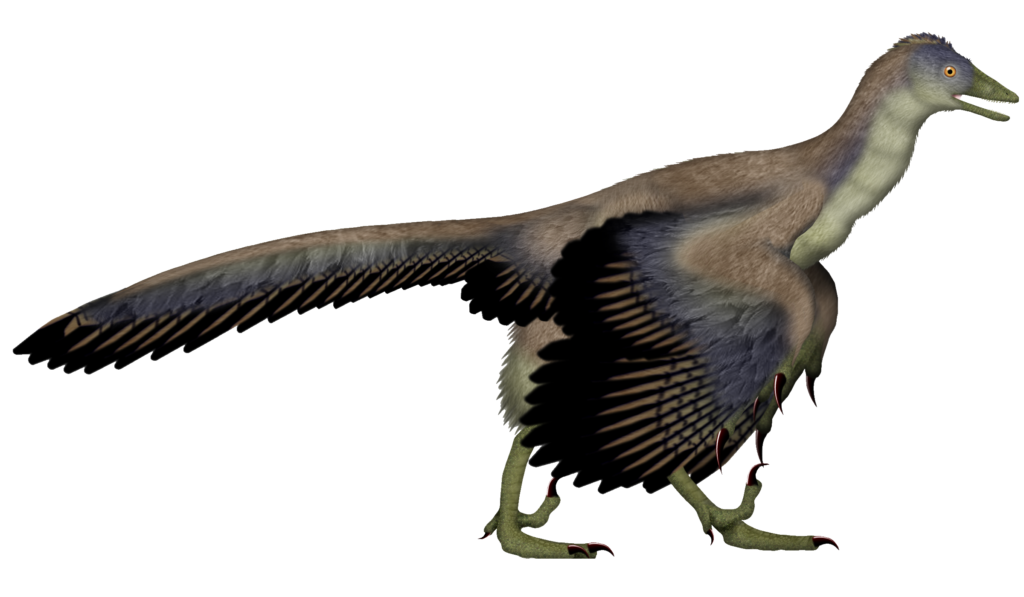
The discovery of Archaeopteryx in 1861 in southern Germany marked a watershed moment in understanding bird evolution. This 150-million-year-old fossil from the Late Jurassic period displayed an astonishing combination of features: feathers and wings like modern birds, yet teeth, a long bony tail, and three-fingered hands with claws like dinosaurs. Measuring about the size of a crow, Archaeopteryx emerged at a pivotal time in scientific history, just two years after Darwin published “On the Origin of Species.” Though initially controversial, this “missing link” provided compelling evidence for evolutionary theory by bridging the gap between reptiles and birds. While no longer considered a direct ancestor of modern birds, Archaeopteryx remains crucial for demonstrating that the transition from dinosaur to bird involved a mosaic of gradually acquired avian features rather than a sudden transformation.
The Evolution of Feathers
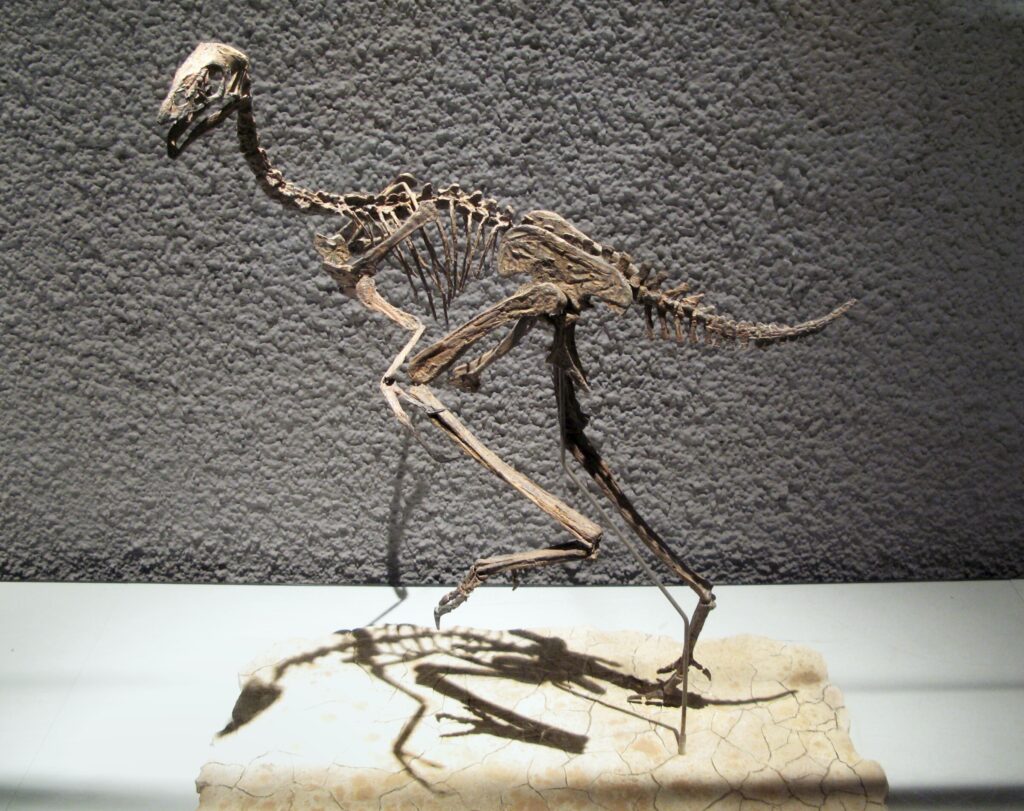
Feathers, once thought to be unique to birds, actually evolved in dinosaurs long before powered flight. Paleontological discoveries from China’s Liaoning Province have revealed numerous feathered dinosaur species dating back to the Early Cretaceous and Late Jurassic periods, approximately 160-120 million years ago. These fossils demonstrate that feathers evolved through distinct stages: first as simple filaments providing insulation, then as branched structures, and eventually as the complex, asymmetrical flight feathers seen in modern birds. Interestingly, many non-avian dinosaurs, including some tyrannosaurs and dromaeosaurs, possessed feathers but couldn’t fly, suggesting feathers initially evolved for functions such as thermal regulation, display, or camouflage rather than flight. This evolutionary sequence demonstrates how a structure that originally served one purpose could be repurposed through natural selection into the sophisticated flight apparatus we observe in today’s birds.
The Shrinking Dinosaur
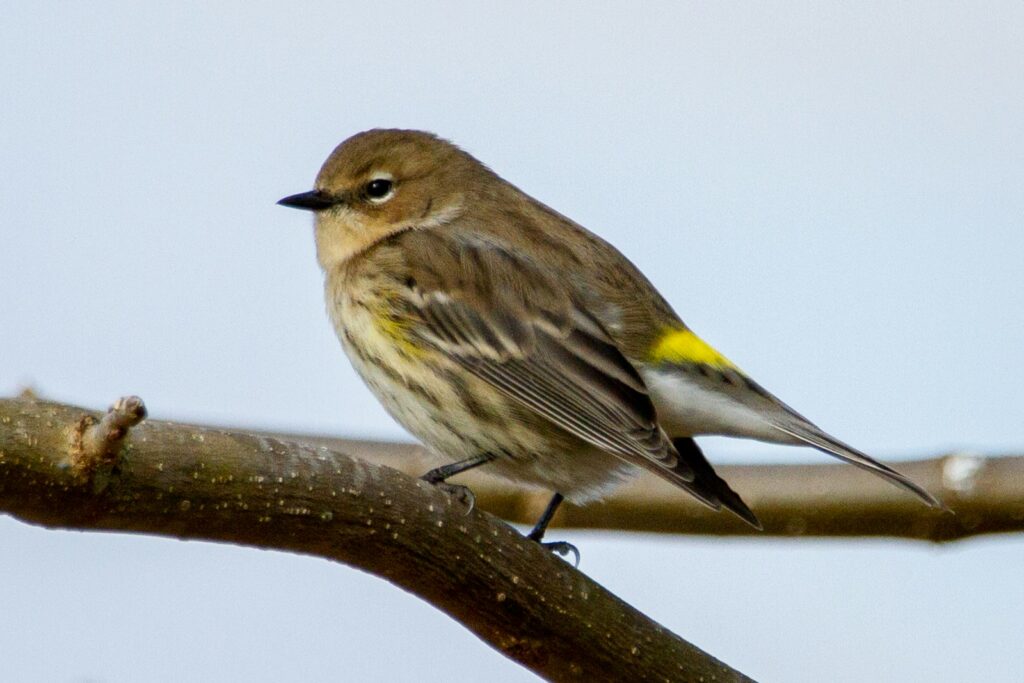
One of the most remarkable aspects of bird evolution was the dramatic reduction in body size that occurred in the theropod lineage leading to birds. While many iconic dinosaurs like Tyrannosaurus grew to enormous proportions, the lineage that would eventually produce birds underwent sustained miniaturization over millions of years. Fossil evidence shows that maniraptoran dinosaurs—the group containing both dromaeosaurs (like Velociraptor) and birds—experienced a steady decrease in size, with each successive species generally smaller than its ancestors. This miniaturization process created smaller, lighter bodies that would eventually be capable of powered flight. Research indicates that this size reduction coincided with other bird-like traits, including accelerated growth rates, changes in bone structure for reduced weight, and increased metabolic rates. This evolutionary trend toward smaller bodies represents a crucial factor that allowed these dinosaurs to survive when their larger relatives perished.
The Development of Wishbones and Hollow Bones
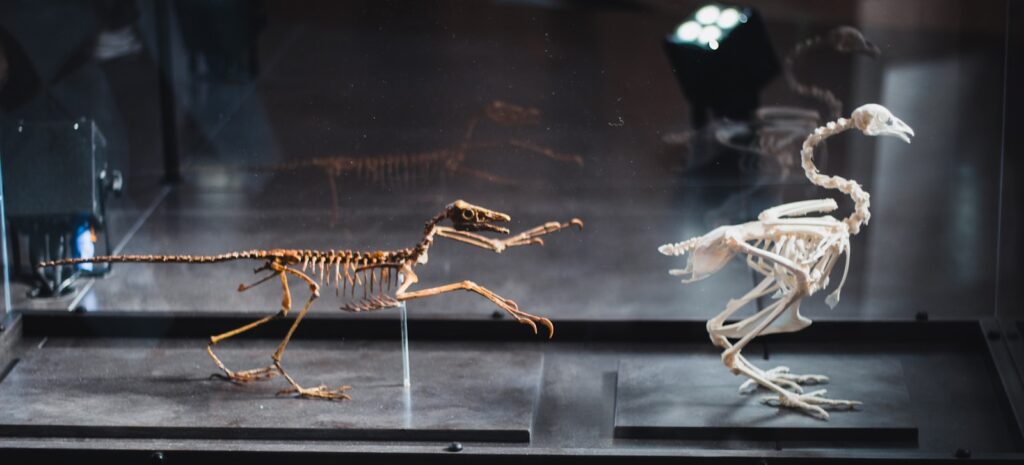
The distinctive skeletal features of birds can be traced directly to their dinosaurian ancestors. Perhaps the most recognizable is the furcula, or wishbone, which evolved from the fused clavicles (collarbones) of theropod dinosaurs. This structure first appeared in theropods such as Allosaurus and became increasingly specialized in bird-like dinosaurs, ultimately functioning as an essential spring-like mechanism that stores and releases energy during flight in modern birds. Equally important was the evolution of pneumatic (hollow) bones, which contain air sacs connected to the respiratory system. This adaptation appeared in various theropod dinosaurs and became more extensive in the avian lineage, significantly reducing skeletal weight while maintaining structural strength. These hollow bones, coupled with other weight-reducing adaptations like the loss of heavy jaw muscles and teeth (replaced by lightweight beaks), created the lightweight yet robust skeletal structure necessary for flight mechanics.
The Revolutionary Respiratory System

Birds possess one of the most efficient respiratory systems in the animal kingdom, and remarkably, this system evolved from their dinosaur ancestors. Unlike mammals, which use a bidirectional breathing system, birds employ a unidirectional airflow system with air sacs that ensure continuous oxygen flow through the lungs. Fossil evidence indicates that theropod dinosaurs possessed pneumatic openings in their vertebrae and bones that housed extensions of air sacs similar to those in modern birds. This advanced respiratory architecture likely evolved gradually in increasingly active predatory dinosaurs, providing higher oxygen efficiency for sustained activity levels. The presence of this specialized system in non-avian dinosaurs suggests they may have had metabolic rates higher than typical reptiles, potentially approaching the warm-blooded condition seen in birds. This efficient respiratory system would later prove crucial for powered flight, which demands exceptionally high energy output and oxygen consumption.
From Running to Flying

How dinosaurs first took to the air represents one of evolution’s most fascinating transitions. The predominant theory, supported by fossil evidence, suggests that flight evolved through a “ground-up” approach, where small, feathered dinosaurs used their proto-wings initially for other purposes while running. These dinosaurs likely extended their feathered forelimbs to increase stability while pursuing prey or evading predators, essentially “wing-assisted running” that gradually evolved into brief aerial phases. Fossils of Microraptor, a small dromaeosaurid with feathers on all four limbs, suggest some dinosaurs may have glided between trees before achieving powered flight. Alternative theories include the “trees-down” model, where dinosaurs evolved flight from arboreal gliding ancestors. Research on living birds indicates that the powerful, rapid wing-beats characteristic of modern avian flight evolved from the predatory lunging motions of small, ground-dwelling theropods that used their feathered forelimbs to capture elusive prey, eventually generating enough lift to overcome gravity.
The Evolution of Bird Brains

Cognitive abilities represent another area where birds significantly diverged from other reptiles, developing larger brains relative to body size. This process began in their dinosaur ancestors, with studies of fossilized braincases revealing that theropod dinosaurs experienced gradual encephalization—brain enlargement relative to body size, particularly in regions associated with sensory processing and coordination. Maniraptoran dinosaurs, the group most closely related to birds, show expanded cerebral hemispheres and enlarged optical lobes similar to modern birds. This neural evolution correlates with increasingly complex behaviors, improved sensory perception, and the coordination necessary for eventual flight. Modern birds possess remarkably complex brains that enable sophisticated behaviors, including tool use, problem-solving, and cultural learning. The evolution of these enhanced cognitive capabilities likely played a crucial role in their survival through the extinction event that eliminated other dinosaurs, allowing birds to adapt rapidly to new environmental challenges and opportunities.
Surviving the Mass Extinction
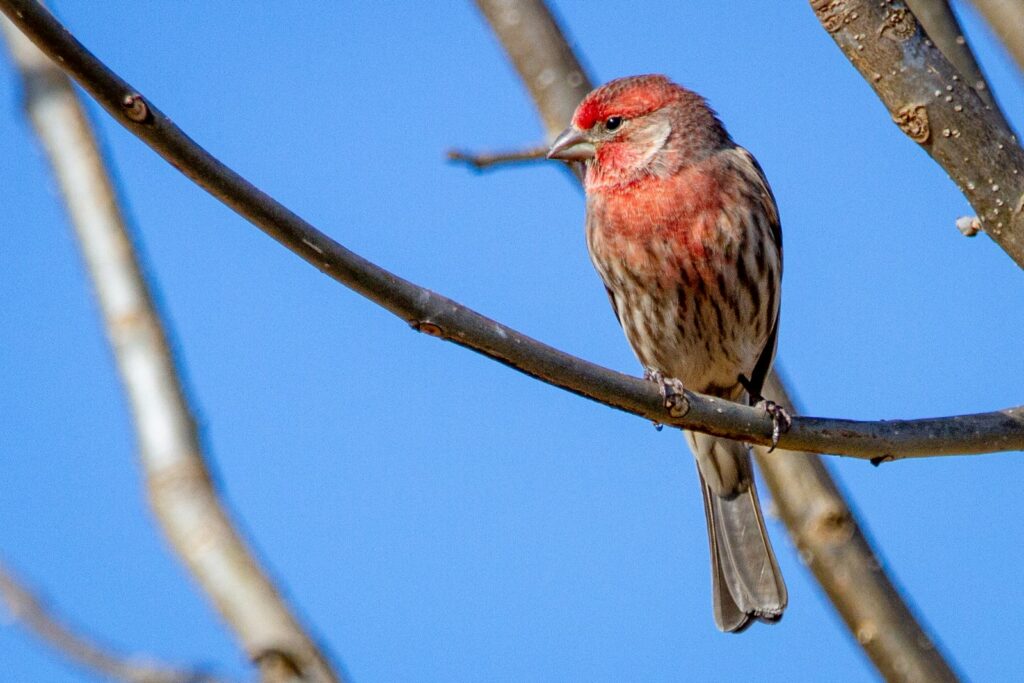
The Cretaceous-Paleogene (K-Pg) extinction event approximately 66 million years ago eliminated approximately 75% of Earth’s species, including all non-avian dinosaurs. Yet somehow, the avian dinosaurs—birds—survived this catastrophic period. Research suggests several factors contributed to their survival. Their small body size required less food during the post-impact period when plant productivity collapsed. Their diverse diets, including seeds and insects that would have remained available in the aftermath, provided crucial flexibility when food chains broke down. The ability to fly allowed birds to escape localized environmental disasters and colonize new areas more readily than their earth-bound relatives. Additionally, evidence indicates that the surviving bird lineages were primarily ground-dwelling species rather than forest-dependent arboreal birds, which would have suffered from widespread forest destruction. These advantages, combined with relatively rapid reproduction rates, allowed birds to persist through Earth’s darkest hours while their dinosaurian cousins perished.
The Explosive Radiation of Modern Birds

Following the mass extinction, birds experienced an extraordinary adaptive radiation that produced the incredible diversity we see today. Fossil and genetic evidence indicate that most modern bird orders evolved rapidly during the early Paleogene period, within 10-15 million years after the extinction event. This explosive diversification filled ecological niches left vacant by extinct species, leading to specialized adaptations for various environments and lifestyles. Waterbirds developed webbed feet and specialized bills for aquatic feeding, while birds of prey evolved powerful talons and hooked beaks for hunting. Ground-dwelling birds like ostriches modified their wings and leg muscles for running rather than flying. Songbirds developed complex vocal organs for communication. This burst of evolutionary innovation transformed the surviving dinosaur lineage into over 11,000 bird species occupying virtually every habitat on Earth, from the deepest oceans to the highest mountains, representing the most species-rich class of tetrapod vertebrates and an extraordinary evolutionary success story.
Modern Evidence: DNA and Developmental Biology

Beyond fossils, molecular evidence strongly confirms birds’ dinosaurian heritage. Genetic studies comparing birds with other living reptiles consistently place birds as most closely related to crocodilians, with whom they share a common ancestor from the Archosaur lineage that also gave rise to dinosaurs. Developmental studies reveal even more profound connections, showing that bird embryos initially develop fingers similar to their dinosaur ancestors before they fuse into the specialized wing structure. When scientists experimentally manipulated developmental genes in chickens, they induced the growth of dinosaur-like traits, including teeth and long, bony tails—features normally suppressed in modern birds but present in their ancestors. Researchers have even identified preserved soft tissues and proteins in some dinosaur fossils that show molecular similarities to those in modern birds. These multiple lines of evidence from genetics, developmental biology, and molecular paleontology provide overwhelming support for the evolutionary continuity between non-avian dinosaurs and birds.
Dinosaur Behaviors Preserved in Birds

Many distinctive bird behaviors have roots in their dinosaur ancestors. Nesting and parental care, once thought unique to birds among reptiles, are now known to have been practiced by many theropod dinosaurs. Fossils show dinosaurs like Oviraptor and Citipati brooding their eggs in bird-like postures, using their feathered limbs to shelter their clutches. Complex courtship displays involving feather-shaking and dancing, familiar in modern birds like peacocks and birds of paradise, likely evolved from similar display behaviors in feathered dinosaurs. Even the distinctive head-tilting birds that use to precisely locate sounds originated in theropod dinosaurs, as revealed by inner ear structures preserved in fossils. Group living and coordinated hunting strategies observed in some modern birds, such as Harris’s hawks, may reflect social behaviors that originally evolved in pack-hunting dinosaurs like Deinonychus. These behavioral connections further strengthen the continuous evolutionary line from ferocious dinosaurian predators to the birds that grace our skies today.
Living Dinosaurs: Birds in the Modern World

The world’s 11,000+ bird species represent the last surviving members of the dinosaur lineage, having evolved into remarkably diverse forms adapted to practically every terrestrial environment. From the massive flightless ostrich to the tiny bee hummingbird, from the deep-diving emperor penguin to the high-soaring albatross, birds have modified their ancestral dinosaur blueprint in extraordinary ways. Importantly, birds preserve many fundamental dinosaurian characteristics, including feathers, wishbones, hollow bones, air sacs, egg-laying, high metabolic rates, and bipedal stance. Their diversity and abundance make birds the most visible and common dinosaurs in today’s ecosystems, fulfilling crucial ecological roles as pollinators, seed dispersers, predators, and prey. When we observe a hawk’s precise strike, a woodpecker’s drilling, or a murmuration of starlings moving in perfect coordination, we’re witnessing behaviors refined through over 150 million years of dinosaurian evolution. The remarkable success of birds stands as a living testimony to the adaptability and evolutionary potential of the dinosaur body plan.
How Modern Birds Carry the Dinosaur Legacy
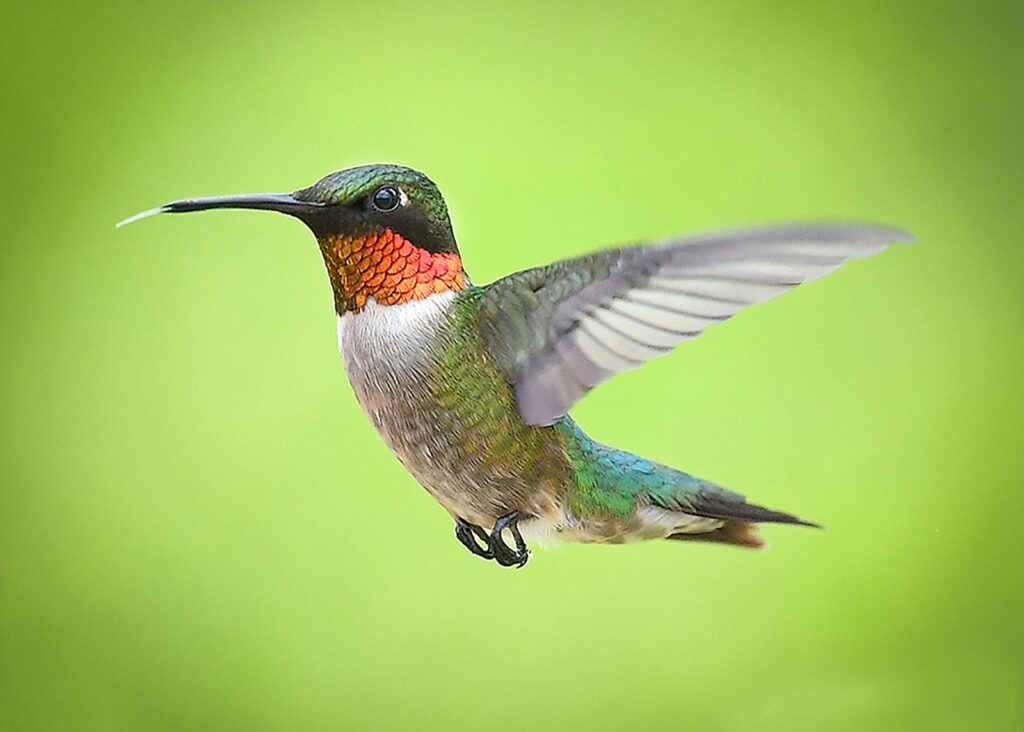
The transformation of dinosaurs into birds represents one of evolution’s most extraordinary success stories. From fierce terrestrial predators to the diverse avian species that fill our skies today, this evolutionary journey spans more than 150 million years of adaptation, innovation, and survival. Each time we hear a bird’s song or watch one in flight, we’re connecting with the last living representatives of the dinosaur dynasty. Far from being separate from dinosaurs, birds embody their continued existence—smaller, often more colorful, but carrying forward the legacy of one of Earth’s most successful groups of animals. Understanding birds as living dinosaurs not only revolutionizes our perception of these familiar creatures but also provides profound insights into evolutionary processes and the remarkable resilience of life through Earth’s most challenging periods. The dinosaurs never truly became extinct; they simply evolved into the feathered marvels that continue to thrive all around us.




